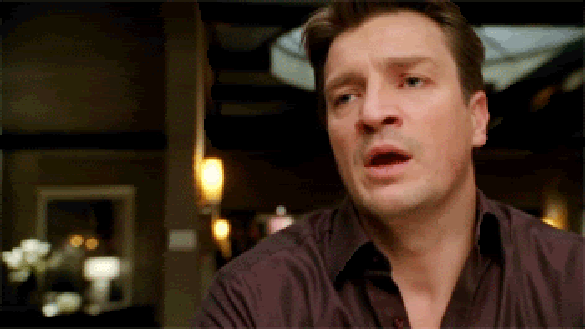True; there's no such thing as a guaranteed anything.
BUT, IMO the lessons learned from the last 35 years of Peace Officer involved shootings have completely missed the point in replacing basic marksmanship skills and fight-stopping, decisive power with volume of fire.
http://www.policemag.com/channel/pat...forcement.aspx
Refer to the above link.
In Miami, the agents would have had nowhere nearly the problem they did if they'd only had .357 Magnums in their Model 19s. Bill Jordan (not the Realtree one) intended the Combat Magnum to be shot in practice with .38 Specials and carried in the field with .357 Magnums. This poor penetration issue is what directly led to the Colt .38 Super and the Smith and Wesson .38-44 Heavy Duty back in the Depression. Peace officers "relearned" the lesson they learned back in the days of J. Edgar Hoover, and Frank Hamer: The 38 Special (and its virtual clone in the selfloader field the 9mm) is a fine target caliber, but lacks considerably in fight-ending power.
Columbine speaks to the need for immediate and decisive fight-stopping response, which the 9mm isn't capable of and the 40 is marginal at best at.
North Hollywood, basics, basics, basics. Train in the fundamentals; a .357 can be deadly out to several hundred yards. Ed McGivern, Major Wesson, and Elmer Keith demonstrated that in the Depression.
Mumbai I simply don't see as controlling in any way here, but the precept of immediate and fight-stopping power that can only be delivered by a heavy-caliber revolver in the hands of a man trained in its use is still a valuable one, Team of terrorists, shoot the one that looks to be in charge and the others will take cover long enough for reinforcements to get there. Again, immediate and decisive response.
Tactically, there is very little that can be done within 75-100 yards by a "police carbine" that can't be done by a heavy revolver. Is there place for modern so-called "practical" courses of fire? ABSOLUTELY; the defensive handgunner needs to be able to deliver immediate and decisive force on demand. BUT there's also place for the "obsolete" bullseye training too, the regulation 25 yard NRA target and an 8" gong (or man-sized silhouette) at 50 and 100 will do nicely. You have got to understand the basics before you move into advanced techniques.










Bookmarks